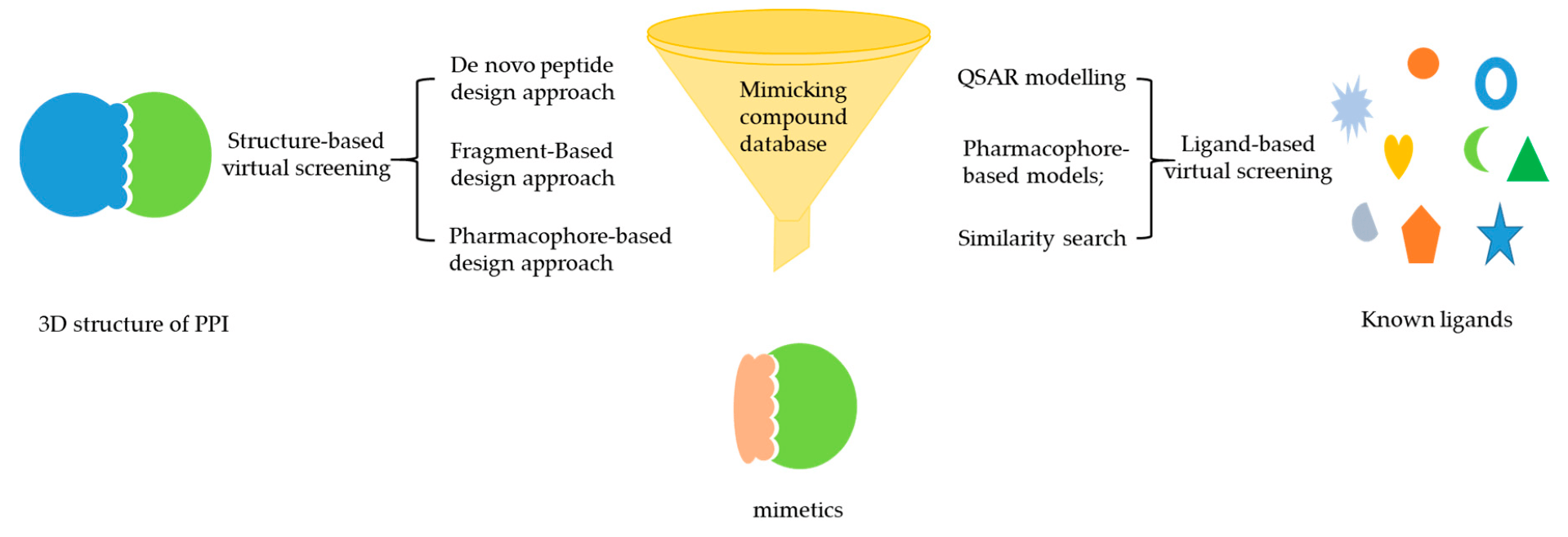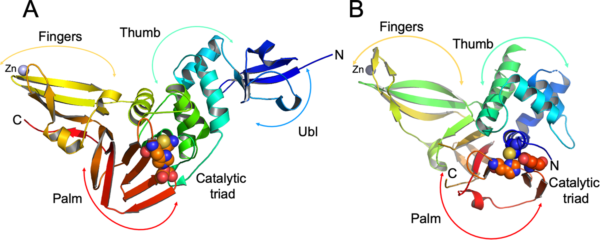The 3D Mimetics PPI Library is a curated collection of small molecules specifically designed to target protein-protein interactions (PPIs) using a 3-dimensional mimetic approach. PPIs play crucial roles in various cellular processes and are often dysregulated in diseases, making them attractive targets for therapeutic intervention.
Traditional drug discovery approaches have mainly focused on targeting the active sites of individual proteins. However, many critical biological processes involve the interaction of multiple proteins, and disrupting these interactions can have profound effects on cellular function. The 3D Mimetics PPI Library takes a unique approach by designing small molecules that mimic the structural features of the protein interface involved in PPIs.
The library aims to identify small molecules that can effectively disrupt or modulate PPIs by binding to the protein interface in a way that mimics the natural interacting partner. These small molecules act as competitive inhibitors, preventing the binding of the endogenous protein partner and interfering with the formation of functional PPI complexes.
The design of the 3D Mimetics PPI Library involves a combination of computational methods, structural biology, and medicinal chemistry. Through computational modeling and structural analysis of PPI interfaces, researchers identify key structural elements responsible for the interaction and design small molecules that can mimic these elements. Medicinal chemistry techniques then optimize the small molecules for binding affinity, selectivity, and cellular activity.
The potential applications of the 3D Mimetics PPI Library are vast. It opens up new possibilities for the development of therapeutic interventions in various diseases, including cancer, neurodegenerative disorders, and viral infections. Disrupting specific PPIs can inhibit disease-associated pathways, block viral replication, or modulate cellular signaling.
Additionally, the 3D Mimetics PPI Library can be used as a tool for studying PPIs in basic research. By selectively disrupting specific PPIs, researchers can investigate the functional significance of these interactions in cellular processes and disease mechanisms. This library can aid in unraveling complex biological pathways and identifying novel targets for intervention.
However, there are challenges associated with targeting PPIs. Protein interfaces can be large and complex, making them difficult to mimic with small molecules. Additionally, achieving high selectivity for specific PPIs can be challenging due to the similarity of interfaces across proteins. Despite these challenges, the 3D Mimetics PPI Library represents an innovative approach to tackle the complexities of PPIs and offers promising avenues for therapeutic development and basic research.
In conclusion, the 3D Mimetics PPI Library represents a powerful tool in the field of drug discovery and PPI modulation. By designing small molecules that mimic the structural features of protein interfaces involved in PPIs, this library provides an innovative approach to disrupt or modulate PPIs. It offers exciting opportunities for developing therapeutics that specifically target PPIs implicated in various diseases and provides insights into the functional importance of PPIs in cellular processes. With further research and optimization, the 3D Mimetics PPI Library holds great potential for advancing our understanding of PPIs and paving the way for new therapeutic interventions.




